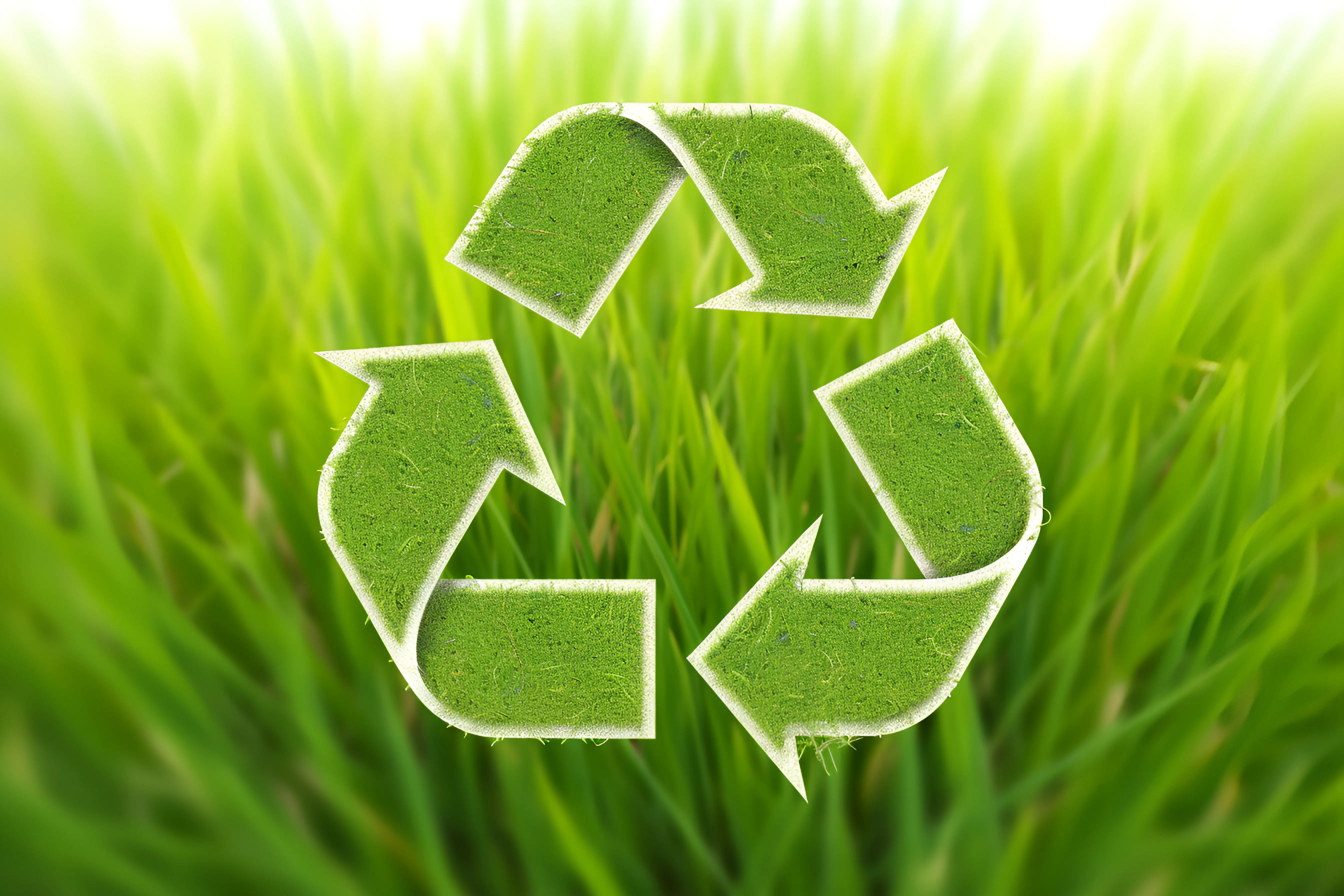Recycling lithium reduces costs by 50%, ensures supply chain stability, and supports sustainable growth, backed by government incentives and technological advancements.
High lithium demand
Strong demand from electric vehicle market
As the electric vehicle (EV) market continues to grow, the demand for lithium is soaring. Lithium-ion batteries · Small batteries for electric vehicles The reason for their existence Electric vehicles are increasingly dependent on lithium-ion batteries, which have high energy density and very long cycle life. The International Energy Agency expects that by 2030, the global electric vehicle fleet will exceed 145 million, which will drive continued growth in demand for lithium. But these aerodynamic cars weigh 25% more than lithium heavy oil burners, and all major automakers are switching to electric vehicles, which means that demand for lithium will grow faster.
Consumer electronics boom
Consumer electronics, i.e. smartphones, laptops, tablets, also use lithium-ion batteries to a large extent. According to BCC Research, the global consumer electronics market will be worth $1.5 trillion by 2027, which will stimulate the growth of lithium demand. Since these devices need to maintain a charge for a long time, they need functional components that can maintain a charge and lithium to make them run.
Renewable energy storage
Renewable energy storage solutions are also increasingly relying on the use of lithium-ion batteries. As companies and governments around the world look for ways to move away from fossil fuels and towards cleaner energy sources such as solar and wind, the need for effective energy storage systems is soaring. For example, lithium-ion batteries have been a huge success due to their superior energy density and the amount of energy they can store, accelerating the deployment of renewable energy on a larger scale.
Industrial Applications
Due to its specific properties, lithium is widely used in industrial processes such as aviation, aerospace, and the health sector. Compared to other types of batteries, lithium batteries are lighter and store more energy, making them the preferred choice for aerospace operations such as satellite work. Lithium batteries, in particular, must power many critical pacemakers and defibrillators.
Geopolitical and Economic Impacts
The geopolitical importance of lithium is also growing as key political powers have both the capital and the legal ability to acquire lithium. Countries such as Australia, Chile, and China control a large part of the global supply chain and have abundant lithium resources. The recovery of lithium will help reduce the geopolitical dependence of countries, thereby stabilizing and securing their economies. This strategic advantage is crucial as countries look to protect their energy sovereignty in the face of an uncertain global market.

Cost savings
Less input of raw materials
This significantly reduces the need to mine new raw materials to obtain lithium. The process of mining lithium is costly and resource-intensive. Companies can reduce these costs by recycling the existing lithium in old batteries. The cost of extracting lithium from spodumene can reach $5,000 per ton, and recycling lithium can reduce this value by at least 50%, such as the concentrations shown in this process. The reduction in raw material costs is considerable, which makes recycling economically attractive.
Reduced production costs
The process also helps reduce the manufacturing costs of new batteries by recovering lithium. This recycled lithium generally requires fewer process steps than lithium mined directly from the mine. This eliminates the need for processing, which not only saves money but also shortens production cycles. Faster production cycles allow manufacturers to respond to market demands faster and cheaper, providing them with a tangible advantage.
Energy savings
New lithium is not mined or refined, but recycled lithium consumes less energy. Recycling also saves up to 70% of the energy required to mine and refine virgin lithium. Lower energy consumption saves manufacturing costs, making recycled lithium more attractive. For example, recycling lithium batteries costs about $1,000/ton; new extraction costs $5,000/ton.
Reduced Waste Management Costs
Recycling lithium also reduces waste management expenses. Lithium batteries are expensive to properly dispose of and are subject to strict environmental laws. Recycling helps companies save money and avoid high waste disposal and environmental compliance costs. This not only saves money, but also meets the sustainability goals of the business and improves market confidence in the company.
Economic Incentives and Subsidies
Recycling programs are helped by economic incentives and subsidies provided by governments around the world. These benefits significantly reduce the expense of recycling lithium. In the United States, the Department of Energy provides grants and subsidies to companies that engage in battery recycling technology. These incentives reduce the financial burden on companies and provide an opportunity for other businesses to follow recycling practices and, yes, recycle at a lower cost than they would otherwise.
Market stability
Guarding against supply chain disruptions
One of the great benefits of recycling lithium is that it acts as a hedge against potential supply chain disruptions. Since the supply of raw lithium is highly dependent on global events, such as political instability, trade restrictions or natural events, these changes can significantly affect the amount of lithium available. This still remains the case today, but a global recycling scheme like the one we propose to establish in Sweden could help countries (or companies) source their lithium supplies and reduce their reliance on vulnerable foreign suppliers. This has become even more clear with the disruptions that lithium supply chains have faced due to the COVID-19 pandemic, where recycled lithium also represents an alternative source.
Price stability
It is the continued supply of recycled lithium that stabilizes market prices. The cost of producing these batteries, which power consumer electronics, electric vehicles and grid storage systems, depends heavily on the price of the materials used to make the cathode, the most expensive component in a lithium-ion battery. The market can help stabilize sharp price fluctuations by increasing the supply of recycled lithium. Lithium prices have soared – up 91% in a few hours last year despite historical data – from $6,000 to $17,000 per ton in just a few years Recycling improves pricing stability and predictability
Increasing domestic production
Recycling lithium helps bring production of this critical component back home. Countries that lack natural lithium resources can develop recycling industries to produce the lithium they need and limit the need for imports. In addition to supporting local economies, such self-sufficiency is also important for national security by guaranteeing a steady supply of a critical commodity. The United States is an example of such efforts, which is investing in lithium recycling technology to help eliminate the country’s reliance on foreign lithium and protect long-term supplies of lithium-ion batteries. The country has set a goal of legislating to increase battery recycling rates by 2030 and aims to meet 25% of the country’s lithium needs through recycling.
Sustainable growth
Recycling drives market stability The demand for lithium is increasing, and if we rely solely on mining, we will deplete resources and pollute the environment. Recycling: Lithium recycling is a sustainable solution because the metal can be used and reused multiple times. This sustainable model helps promote long-term market growth and is in sync with global sustainability aspirations. The World Bank has determined that by 2050, the demand for lithium could increase by 500%, and again, these growing demands can only be sustainably met through alternative recycling of large amounts of lithium.
More Technological Advances Encouraged
It creates a long-term, reliable supply of recycled lithium, supporting technology updates. Manufacturers use lithium as R&D funding for next-generation battery development and other lithium applications. For example, solid-state batteries, which offer significant advantages in energy density and safety, require an uninterrupted and inexpensive supply of lithium. Not only can companies recycle lithium, thereby never having a supply shortage to advance technology, but market advantages also require them to do so.
Innovation and technological development
Driving Battery Technology Advancement
Lithium recycling is essential to maintaining progress in battery technology. A reliable supply of recycled lithium enables companies to invest in future battery manufacturing. Solid-state batteries also require more lithium, and the potential for increased energy density and safety of these battery innovations relies on this steady supply of lithium. Recycling lithium enables manufacturers to guarantee a supply of the large quantities needed to continue exploring the world of energy storage performance and throughput.
Improving Resource Efficiency
Lithium recycling helps improve the resource efficiency necessary for technological advancement. Innovation is built on the efficient use of resources, which helps companies achieve more with less. With recycling processes capable of recovering up to 95% of the lithium in spent batteries, this nearly inexhaustible source of a vital substance is maximized. This, in turn, reduces the need for new mining projects, thereby conserving natural resources in the long term and making the process more sustainable as technology advances.
Supporting Research and Development
Continued R&D efforts depend on a steady supply of recycled lithium. We know that universities and research institutes rely on the material for experiments and pilot projects. These institutions are better able to research, develop and innovate new applications and technologies because they are not hampered by volatile raw material prices and are now learning to make use of recycled lithium. These include the U.S. Department of Energy’s ReCell Center, which is working to develop new lithium-ion battery recycling methods aimed at reducing costs and increasing battery recycling efficiency.
Promotion of circular economy models
Recycling lithium is fundamental to developing sustainable solutions such as the linear free economy model. The term “circular economy” refers to recycling or reusing materials to avoid waste and establishing a closed-loop system in resource utilization. Integrating recycled lithium can help make the materials we consume easier to recycle at the end of their life, making a greater contribution to the anti-waste movement. In addition, adopting this approach can demonstrate environmental benefits and generate new ideas for improving the way products are designed and manufactured.
Promoting broad industry participation
To this end, ABTC collaborates with other industries on lithium recycling. Collaboration between battery manufacturers, recyclers, and technology developers is essential to advancing battery recycling technology. Such partnerships can promote the development of shared recycling standards and advances in lithium recycling technology, making recycling faster and more cost-effective. For example, collaboration between automakers and recycling companies has greatly increased the recycling rate of electric vehicle batteries, effectively preventing the loss of key materials such as lithium.

Regulatory incentives
Government Help and Subsidies
Globally, government grants and subsidies further incentivize lithium recycling efforts. These financial incentives can also reduce the high initial capital and operating expenses of recycling plants. For example, the U.S. Department of Energy grants help companies develop advanced recycling technologies, making it possible for them to recover their research and development costs. The European Union became the world’s largest funder of battery recycling projects to date with a total of €10 million in funding in 2022.
Tax Incentives
Governments use tax incentives to encourage lithium recycling. In fact, recycling entities invest in the market through tax credits, deductions, and exceptions, which benefit them financially. For example, in the United States, the Inflation Reduction Act includes tax credits for investments in certain types of clean energy and recycling technologies. Therefore, in addition to reducing the cost of recycling, these incentives make it a more profitable business option.
Regulatory Requirements
Most countries in the world have introduced regulations for lithium-ion battery recycling. These requirements help companies comply with recycling protocols that benefit ecosystems and manage natural resources. The European Union launched the Battery Directive in 2018, which requires the recycling and collection of all types of batteries, such as lithium-ion batteries. Complying with the same standards will further promote the development of the recycling industry and guarantee a stable supply of recycled lithium.
Extended Producer Responsibility (EPR) Schemes
To do this, policymakers have been looking for ways to hold manufacturers accountable for the entire life cycle of their products, from product manufacturing to final end-of-life disposal, through Extended Producer Responsibility (EPR) schemes. EPR schemes provide strong incentives for manufacturers to design better recycled batteries and start their own recycling schemes. Germany and Japan are outstanding examples of EPR, with strict compliance conditions that force manufacturers to actively participate in recycling facilities. This role has driven innovation in product design and recycling technology.
Advantages in Trade and Market Access
Another aspect of regulations to consider is that in addition to regulatory incentives, these companies can also receive market access and trade preferences. This is often because the countries with the strictest recycling regulations will provide convenience to any active companies in the region that comply with the rules. International trade agreements may even contain provisions to promote environmental protection, recycling being one example. For example, companies that comply with EU recycling regulations can export their products to European markets on preferential terms, enjoying a competitive advantage and greater market opportunities.
